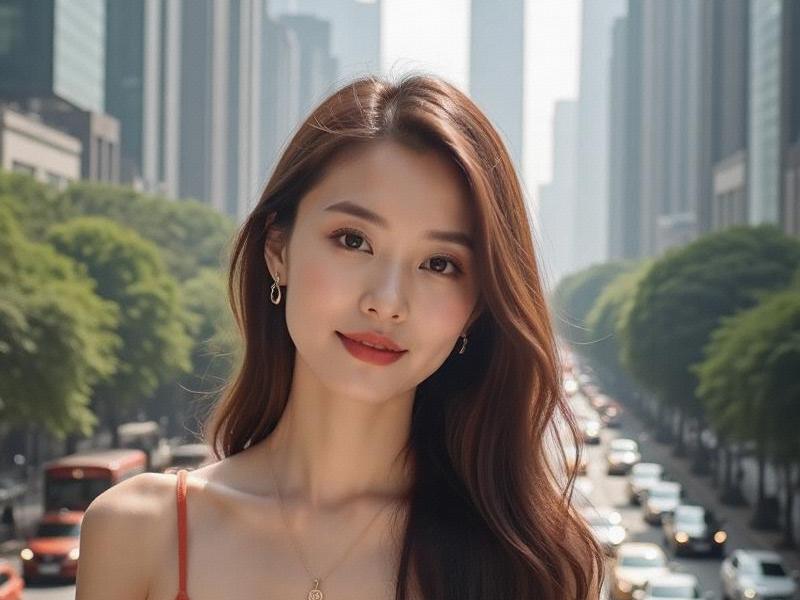
SECTION 1: HISTORICAL FOUNDATIONS
• Legacy of the "Shanghai Girl":
- 1920s qipao revolution
- 1930s film star influence (Ruan Lingyu era)
- 1980s reform-era fashion pioneers
• Demographic Insights (2025):
- 52% female population in city center
- Average marriage age: 32.5 (national highest)
- 68% hold university degrees (female demographic)
SECTION 2: MODERN MANIFESTATIONS
• Beauty Industry Data:
爱上海论坛 - 3,850 beauty salons citywide
- ¥48B annual cosmetics market
- 42% prefer "natural makeup" (2025 survey)
• Style Archetypes:
- Bund Businesswomen: Power suits with cheongsam elements
- French Concession Artists: Avant-garde mixed with vintage
- Xintiandi Socialites: Luxury brands with local designers
SECTION 3: CULTURAL CONTRADICTIONS
• Traditional vs. Modern:
- Revival of hairpin craftsmanship
上海娱乐联盟 - Modernized qipao workshops
- Debate over "face-tuning" apps
• Professional Balancing:
- 73% believe appearance impacts careers
- 58% reject "looks-focused" promotions
- Rising feminist entrepreneurship
SECTION 4: GLOBAL INFLUENCES
• International Fusion:
- Korean-Japanese beauty hybrids
- Western skincare science adoption
上海龙凤419 - Local brands going global (Florasis, Pechoin)
• Notable Figures:
- Designer Ms. Guo: Qipao innovator
- Tech CEO Lucy Wang: Redefining professional beauty
- Artist Chen Man: Challenging standards
"Shanghai women have mastered the art of coded resistance," observes cultural anthropologist Dr. Mei Lin. "Their beauty choices simultaneously honor tradition, claim modernity, and subtly critique societal expectations."
CONCLUSION:
As Shanghai positions itself as a 21st century global city, its women continue to craft a distinctive beauty language that balances Chinese heritage with cosmopolitan influences, offering an alternative to both Western and traditional Eastern ideals.
